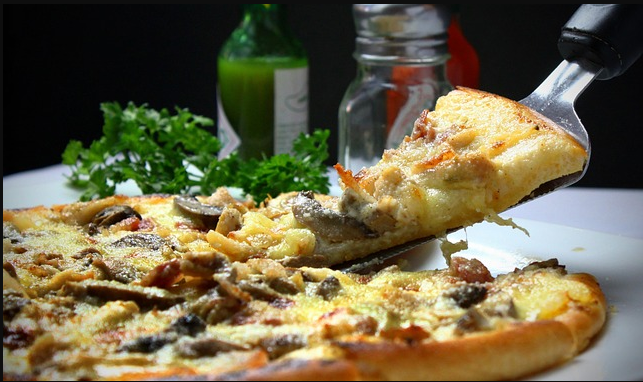Chinatown Hawker Leftovers Consumption is a topic that has gained attention due to concerns about food waste, sustainability, and affordability. Many hawker centers in Chinatown prepare large quantities of food daily, leading to significant amounts of leftovers. Some people opt to consume these leftovers for economic reasons, while others see it as an effort to reduce food waste. This article will provide complete information about this practice, its implications, benefits, and challenges.
Understanding Chinatown Hawker Leftovers Consumption
Hawker centers in Chinatown are famous for offering a variety of affordable street food. However, due to fluctuating customer demands, vendors often have leftover food at the end of the day. Chinatown Hawker Leftovers Consumption refers to the act of collecting and consuming these unsold meals, either by individuals who cannot afford fresh food or by organizations that redistribute them to those in need.
Reasons Behind This Practice
1. Food Waste Reduction
One of the main motivations behind Chinatown Hawker Leftovers Consumption is minimizing food waste. Tons of perfectly edible food go to waste daily, contributing to environmental pollution and inefficient resource use. By consuming or redistributing leftovers, food waste can be significantly reduced.
For latest updates visit the5starsstocks.com
2. Affordability and Financial Constraints
Many individuals, including low-income groups, students, and elderly citizens, rely on hawker leftovers as an affordable food source. Chinatown is home to a diverse population, and some people struggle to meet their daily food expenses.
3. Sustainability and Ethical Eating
Sustainability enthusiasts promote Chinatown Hawker Leftovers Consumption as an ethical practice that helps in reducing food wastage, conserving resources, and promoting environmental responsibility.
4. Charity and Community Initiatives
Several non-profit organizations collect leftover food from hawker stalls and distribute it to homeless individuals and underprivileged communities. This initiative helps to feed those in need while ensuring that surplus food is not discarded.
Challenges and Concerns
1. Hygiene and Food Safety
One of the primary concerns about Chinatown Hawker Leftovers Consumption is hygiene. Food safety regulations do not always support the consumption of leftovers due to risks like food contamination, spoilage, and bacterial infections.
2. Legal Restrictions
Some local authorities have implemented strict regulations regarding food redistribution from hawker centers. Vendors may not be allowed to give away leftovers due to health and safety laws.
3. Social Stigma
There is a certain social stigma associated with consuming leftover food, as some individuals perceive it as an act of desperation. However, awareness campaigns have helped in normalizing food redistribution for sustainability purposes.
Possible Solutions and Initiatives
1. Better Food Redistribution Systems
Organizations can collaborate with hawker centers to set up food redistribution programs, ensuring that unsold food is safely collected and distributed to those in need.
2. Improved Storage and Packaging
Implementing proper food storage and packaging techniques can help increase the shelf life of leftover food, making it safe for consumption for a longer period.
3. Raising Awareness and Community Support
Encouraging people to adopt sustainable eating habits and supporting zero-waste initiatives can help reduce the negative perception surrounding Chinatown Hawker Leftovers Consumption.
FAQs
1. Is it legal to collect and consume hawker leftovers in Chinatown?
The legality varies by location. Some places allow food redistribution, while others have strict regulations to ensure hygiene and food safety.
2. Are hawker leftovers safe to eat?
It depends on storage conditions and handling practices. Properly stored leftovers can be safe, but food that has been left out for long hours may pose health risks.
3. Why do hawker centers have so much leftover food?
Hawker stalls prepare food based on estimated demand, but fluctuations in customer turnout can lead to excess unsold food.
4. How can I contribute to reducing food waste at hawker centers?
You can support food redistribution programs, practice mindful ordering, and educate others about the importance of sustainability.
5. Are there any organizations that collect hawker leftovers for charity?
Yes, several NGOs and food banks work with hawker centers to redistribute surplus food to needy individuals and communities.
Conclusion
Chinatown Hawker Leftovers Consumption is a practice that addresses food waste, sustainability, and affordability. While it presents certain challenges related to hygiene, legality, and social perception, initiatives like food redistribution programs, proper storage, and community support can help make it a safer and more accepted practice. By promoting responsible consumption and supporting food-saving initiatives, we can work towards a more sustainable and waste-free society.


